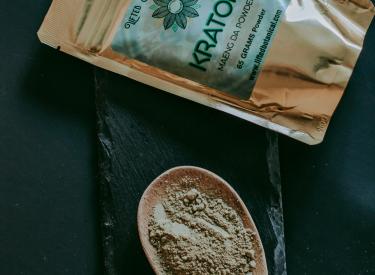
Signs a Teen May be Using Marijuana
Signs of Use
Some parents will see signs everywhere, but for others, it will seem to come out of nowhere. While the following signs can be an indication of marijuana use, many of them also have other explanations, so be careful not to jump to conclusions.
Behavioral Signs:
-
Changes in mood or personality, like increased irritability, laziness, or a lack of interest in usual activities
-
Loss of motivation or decline in grades, including difficulty concentrating or a drop in academic performance
-
Changes in sleep patterns, such as difficulty falling asleep or excessive sleepiness during the day
-
Secrecy or suspicious behavior, like hiding belongings, being evasive about activities, or going out with new friends
-
Financial problems, such as asking for extra money with no explanation or money that’s missing with no explanation
Physical Signs:
-
Red, bloodshot eyes, caused by marijuana smoke irritation
-
Changes in appetite, such as increased hunger (especially for sweets) or loss of appetite
-
Strong marijuana odor on the body, hair, or clothing Problems with memory, concentration, or following instructions
Other Signs:
- The presence of drug paraphernalia, like rolling papers, pipes, bongs, lighters with unusual butane refills, or small baggies with loose flowers or buds
Spectrum of Cannabis Use
When we talk about drug use, we often focus on addiction. But for young people, using cannabis for non-medical reasons can fall anywhere along what's known as the spectrum of cannabis use — from no use and low use, to social or heavy use.
Understanding this spectrum can help guide open and informed conversations about what risky use looks like.
No Use
|
Description |
Thinking about trying marijuana but has not done it yet. |
|
Key Messages |
|
|
Additional Info |
|
Experimental or Low Use
|
Description |
Has experimented with marijuana to see how it feels. |
|
Key Messages |
|
|
Additional Info |
|
Social or Intermittent Use
|
Description |
Uses marijuana in social settings, seeing benefits but not harm. |
|
Key Messages |
|
|
Additional Info |
|
Regular or Heavy Use (Cannabis Use Disorder)
|
Description |
Uses marijuana regularly, showing physical symptoms like abdominal pain, shakiness, sweating, fever/chills, headaches, and withdrawal. |
|
Key Messages |
|
|
Additional Info |
|



